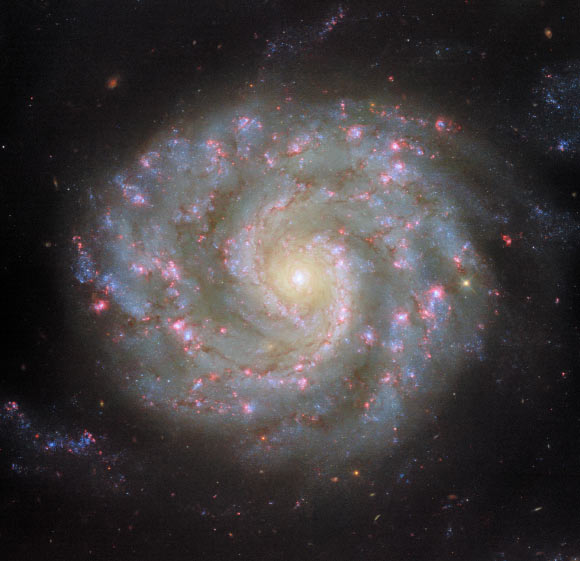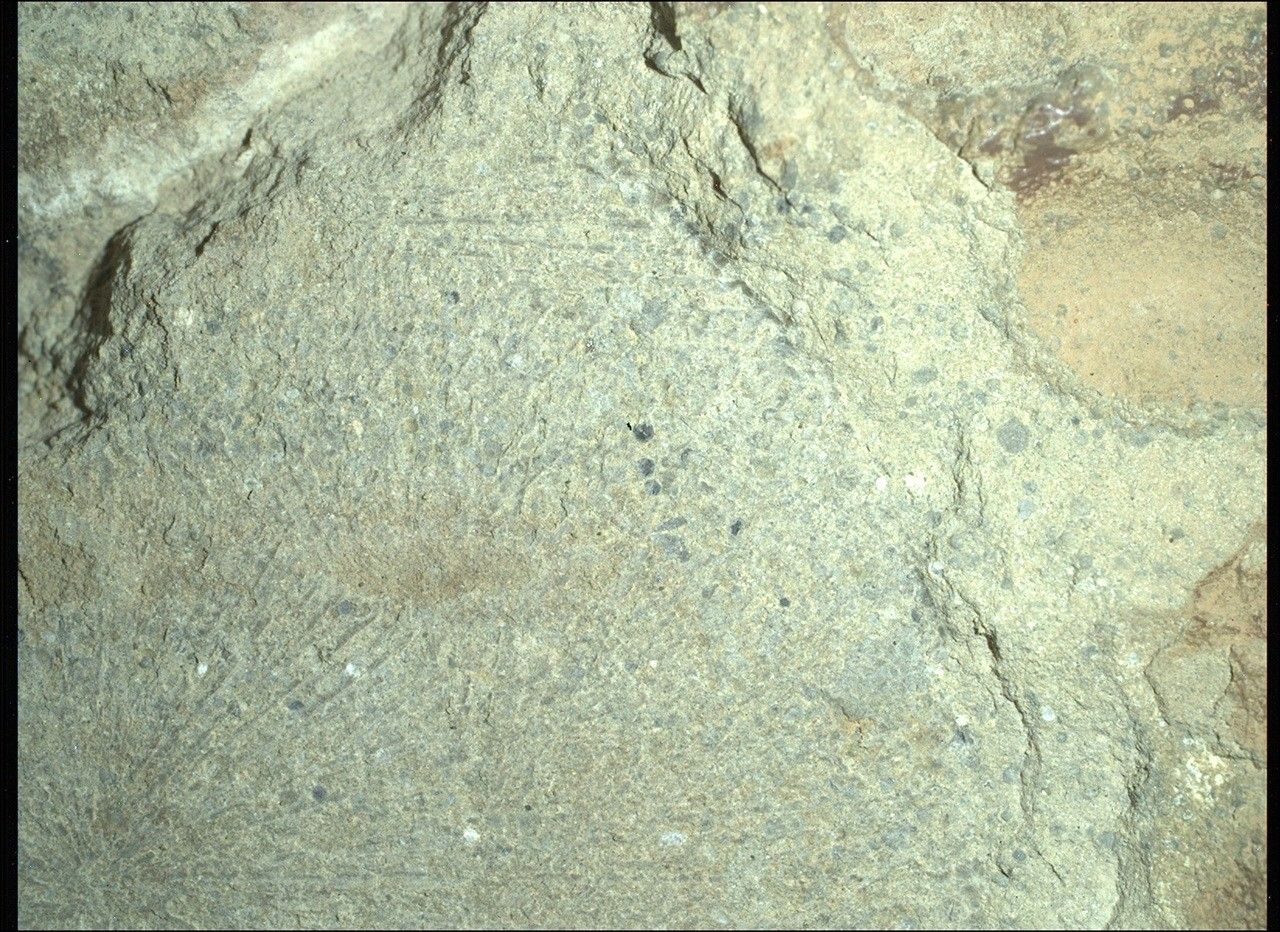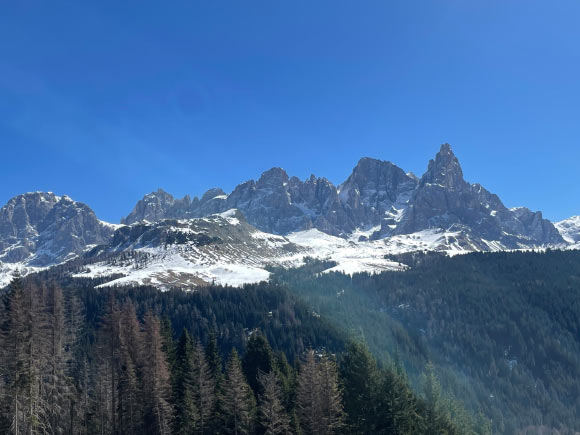Now Reading: Hubble Captures Detailed View of Spiral Galaxy
1
-
01
Hubble Captures Detailed View of Spiral Galaxy
Hubble Captures Detailed View of Spiral Galaxy

Speedy Summary:
- The NASA/ESA Hubble Space Telescope released a stunning image of the spiral galaxy NGC 3596,located in the constellation Leo,about 90 million light-years from Earth.
- NGC 3596 was discovered by German-British astronomer William Herschel on April 8, 1784; it is also known as LEDA 34298, UGC 6277, or HIPASS J1115+14.
- The galaxy is part of the Leo II groups within the Virgo Supercluster region of galaxies.
- In its hubble image, NGC 3596 appears almost perfectly face-on to Earth with clearly defined spiral arms rich in stars, gas, and dust. Star formation is most active in these arms and features bright pink star-forming regions alongside young blue stars.
- Scientists continue to investigate how spiral arms form. A key challenge involves addressing a phenomenon called the “winding problem,” which initially questioned how coherent arm structures could exist despite orbiting motion. Current theories suggest these arms represent patterns of high-density and low-density areas rather than fixed physical structures.
Image Source: NASA / ESA / hubble / D. thilker-Read More
Stay Informed With the Latest & Most Important News
Previous Post
Next Post
Loading Next Post...

























